Uses for Sunflowers
Sunflowers, with their vibrant yellow petals and towering stems, are more than just a great addition to a summer landscape. These iconic flowers have been grown for centuries and offer many uses beyond their aesthetic appeal. I love sunflowers and want to talk about the uses for sunflowers in everyday life and prepping for emergencies.
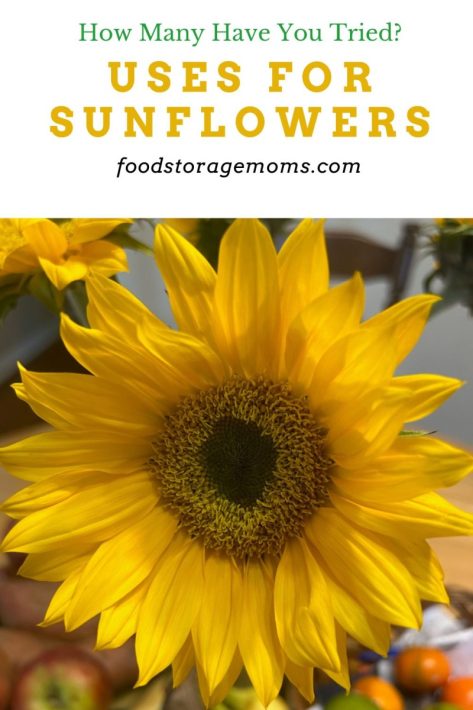
1. Agricultural Abilities
Sunflowers have long been cultivated for their oil-rich seeds, making them valuable crops. The oil extracted from sunflower seeds is not only a popular cooking oil but also a key ingredient in various food products. The high oleic acid content in sunflower oil makes it a heart-healthy alternative, promoting cardiovascular well-being.
Sunflowers contribute to crop rotation strategies, improving soil fertility by extracting specific nutrients and preventing the build-up of harmful pathogens. The deep roots of sunflowers help break up compacted soil, allowing for better water absorption and nutrient distribution. 10 Reasons Goats Make the Perfect Farm Animal
2. Culinary Abilities
Beyond their role in oil production, sunflowers themselves have found a place in our kitchens. Whether roasted or raw, sunflower seeds are a nutritious and delicious snack. Packed with essential nutrients such as vitamin E, magnesium, and selenium, these seeds make a healthy addition to salads, yogurt, or trail mix.
Sunflower petals are also edible and can be used to add a burst of color to salads or as a decorative element in various culinary creations. The mild, slightly nutty flavor of sunflower petals complements both sweet and savory dishes, offering a unique twist to traditional recipes. 20 Dry Goods for a Kitchen
3. Wildlife Haven
Sunflowers are not only beneficial to humans but also play a crucial role in supporting biodiversity. The tall, sturdy stems of sunflowers provide perches for birds, making them popular among birdwatchers. The seeds, which attract a variety of bird species, contribute to the overall health of local bird populations.
In addition to birds, sunflowers are a favorite among pollinators such as bees and butterflies. The nectar-rich flowers serve as a valuable food source, supporting these essential pollinators and promoting a healthy ecosystem. By planting sunflowers in gardens and open spaces, individuals can actively contribute to preserving local biodiversity. 20 Things to Hunt for When You Need to Feed Your Family
4. Sustainable Energy Source
Sunflowers, with their remarkable ability to follow the sun across the sky, have inspired more than just artists and poets. Their potential as a source of renewable energy is gaining attention. The sunflower’s tall stem and large leaves can be utilized in the production of biomass, which can be converted into biofuel. Sunflower Seeds
Biofuel derived from sunflowers presents a sustainable alternative to traditional fossil fuels, reducing greenhouse gas emissions and mitigating the impact of climate change. As the world seeks cleaner energy solutions, sunflowers stand out as a promising contributor to the renewable energy landscape. Harnessing Sunlight for Emergency Preparedness
5. Medicinal Marvels
In traditional medicine, various parts of the sunflower plant have been utilized for their medicinal properties. Sunflower oil, rich in antioxidants and vitamin E, is known for its skin-nourishing qualities. It can be used topically to moisturize and soothe the skin, making it a popular ingredient in skincare products.
Sunflower extracts have also been studied for their potential anti-inflammatory and anti-cancer properties. While more research is needed, the findings suggest that sunflowers may have untapped potential in medicine. Types of Medicines You Need for a First Aid Kit
What are the primary agricultural uses of sunflowers?
Sunflowers are primarily cultivated for their oil-rich seeds. The oil extracted from these seeds is a popular cooking oil, and the high oleic acid content makes it a heart-healthy option. Additionally, sunflowers contribute to crop rotation, improving soil fertility and structure.
Sunflowers have been made into sunflower meal for centuries both here and in Europe. It is a great livestock feed supplement for steer feed and for cows and calves. The high protein in the meal is highly valued. Farmers plant many acres of farmland to grow and enjoy the harvests of sunflowers and they don’t fall too far behind soybean production in some areas in North America. The meal is made from the residue after the oil is extracted.
Are there any other medicinal uses of sunflowers?
Sunflowers have been utilized in traditional medicine for their medicinal properties. Sunflower oil, rich in antioxidants, fatty acids, and vitamin E, is known for its skin-nourishing qualities. Extracts from sunflowers are also being studied for potential anti-inflammatory and anti-cancer properties. However, more research is needed to evaluate and test sunflower protection benefits.
Some other ailments and related treatments have been shown to benefit from sunflower-related products now and in the past. They have been used to treat malarial fever, snake and spider bites, respiratory cough, gastrointestinal problems, colds and fever, arthritis, headache, dressing of minor wounds, as a stimulant, and more.
Both the seeds and leaves/petals from sunflowers have proven characteristics that are helpful for our health. Some of the vitamins and minerals found include vitamin E, as mentioned above, vitamins B1 and B5, iron, copper, zinc, selenium, potassium, and manganese. A 1/4 cup of roasted sunflower seeds provides only 207 calories, 5.8 grams of protein, 19 grams of fat, 7 grams of carbohydrates, and 3.9 grams of fiber.
Can the beautiful colors from sunflowers be used as a dye?
Yes, the petals from the plant have been used for generations as a dye, particularly when used with wool. The color of the dye and results are affected by the solution in which they are mixed. Alkaline solutions produce the brightest yellows, and ascitic solutions take on a darker hue such as orange, tan, and purple.
Can the oil from sunflowers be used as a common lubricant?
Although sunflower oil has some of the beneficial characteristics of other lubricants, such as being an affordable source, a low viscosity, and a high flash point, there are risks to its use. The main one is that it has been tested and used mainly as a cooking oil and not for lubricating tools and machinery. Damage to those machines may be the result if sunflower oil is used to lubricate its moving parts.
How can I use sunflower seeds in my meal preparation?
Some fun uses for the seeds include adding them to snack treats like trail mix, adding them to your breakfast cereals and oatmeal, sprinkling them over stir-fried entrees and mixed veggies, or topping off your favorite salad.
More Tips
- 10 Budget-Friendly Ways to Transform Eggs into Delicious Meals
- 30 Uses for Dryer Lint in Emergency Preparedness
- How to Use Chalk in Emergency Preparedness
Final Word
From the fields of agriculture to the kitchens of culinary enthusiasts, sunflowers have woven themselves into the fabric of our lives in countless ways. Their versatility as a crop, aesthetic appeal, and contributions to biodiversity and sustainable energy make sunflowers true marvels of nature. It’s amazing how sunflowers can be such an asset to our lives. May God Bless this World, Linda

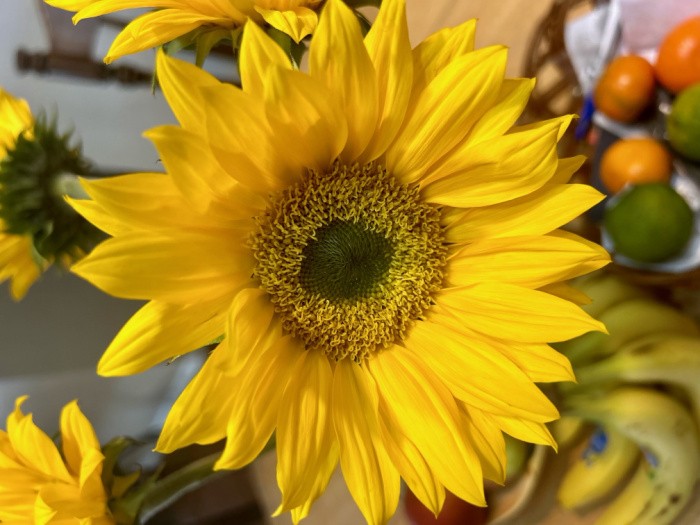



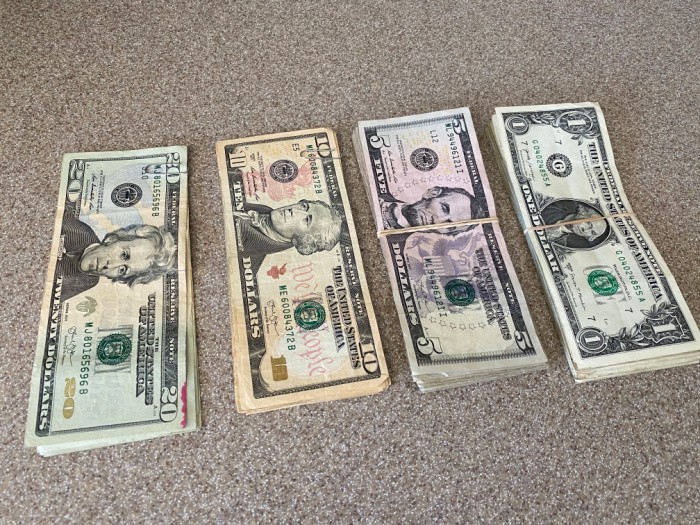
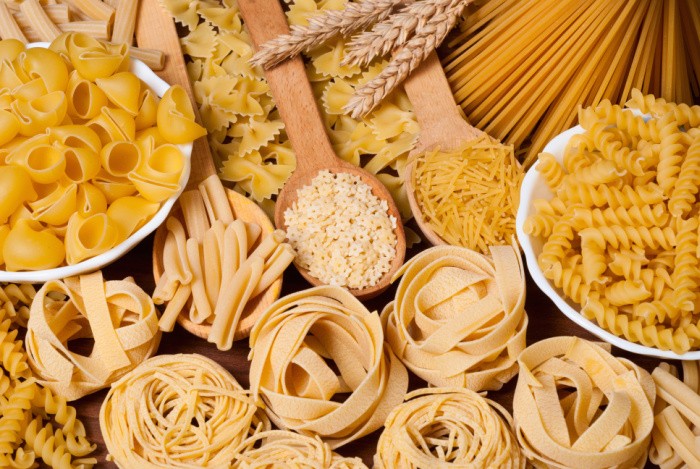
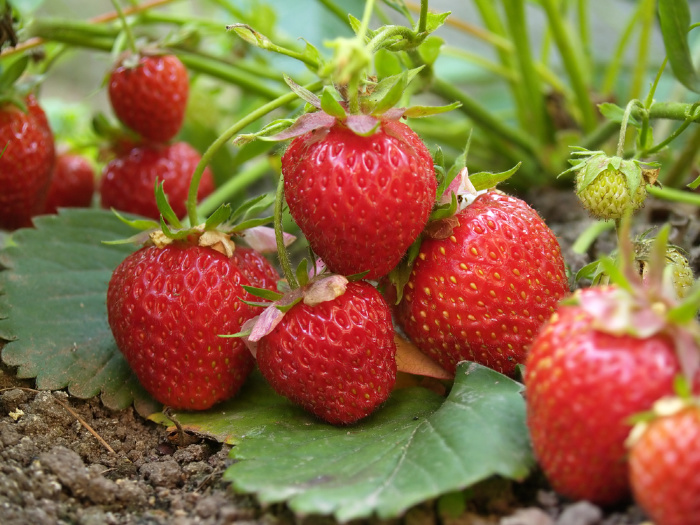
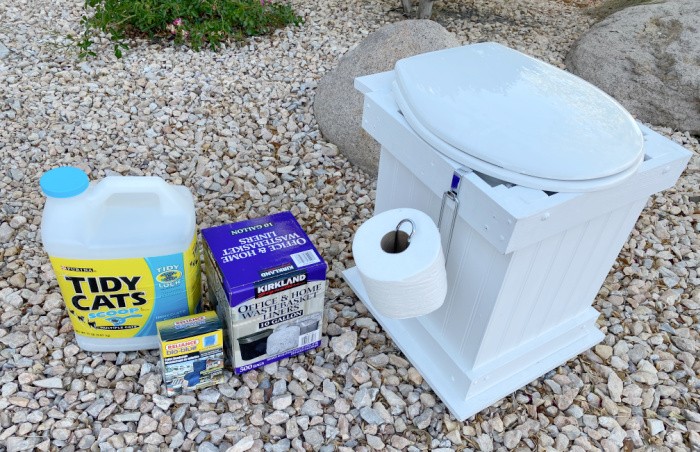














I use sunflower seeds as a fat addition in winter feed for cattle, rabbits and chickens.
We plant them in the garden occasionally as a shade for other plants that don’t need full sun.
Hi Matt, wow, I hadn’t thought about feeding your cattle, rabbits and chickens. Great idea to grow some to shade some plants, plus they attract bees! It’s a win win. Linda